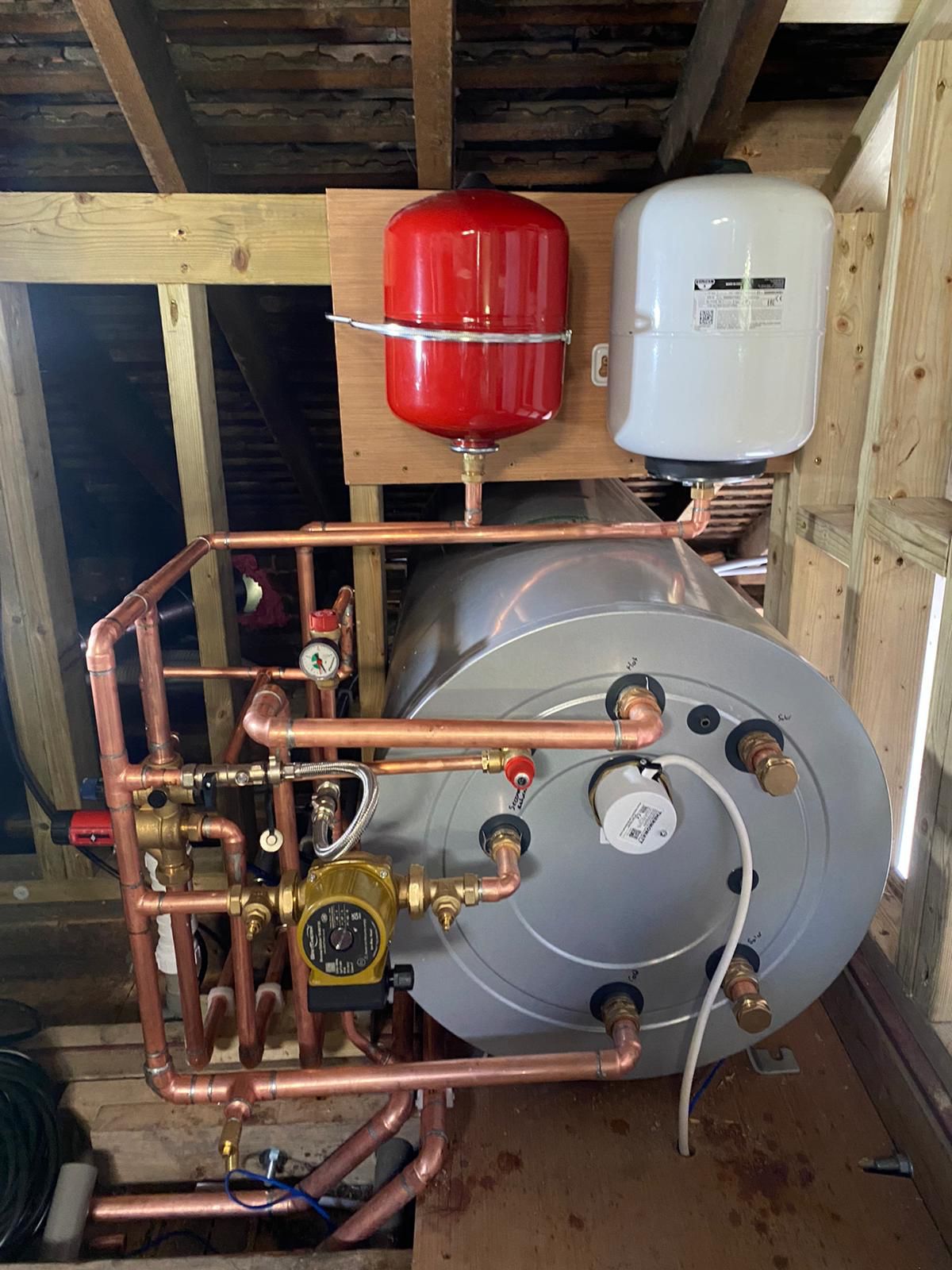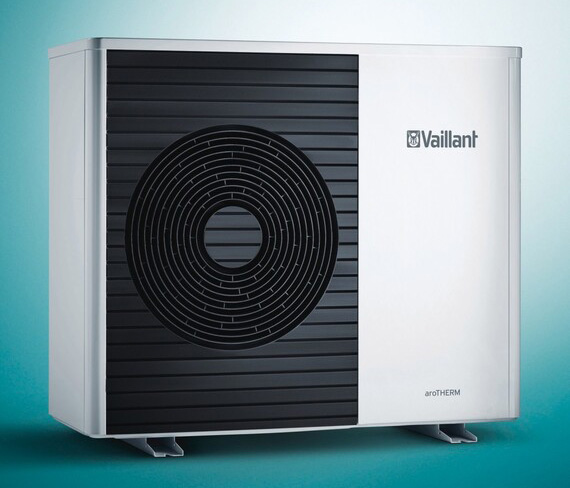
Air source heat pumps (ASHPs) are becoming increasingly popular as a way to heat and cool homes. They are a highly efficient and cost-effective alternative to traditional heating systems, which rely on fossil fuels. ASHPs use the heat from the air outside to warm your home in the winter and transfer heat out of your home in the summer to cool it. This not only reduces your carbon footprint and energy costs but also provides a comfortable living environment all year round.

Installing an ASHP is a complex process that should be done by a professional. However, understanding the steps involved in the installation process can help you make an informed decision about whether an ASHP is the right choice for your home.
Step 1:
Assess your home’s suitability for an ASHP Before installing an ASHP, it’s important to assess your home’s suitability. This includes considering factors such as your climate, insulation, and the size and layout of your home. It is also important to determine the size and type of ASHP unit that will best suit your needs.
Step 2:
Prepare your home for installation Preparing your home for an ASHP installation includes assessing the site where the outdoor unit will be installed and planning the layout of the refrigerant lines. It’s important to make sure that the outdoor unit has adequate clearance and is protected from potential damage.
Step 3:
Install the outdoor unit and connect the refrigerant lines The outdoor unit is installed and the refrigerant lines are connected. Proper insulation and sealing must also be done to ensure optimal performance.
Step 4:
Connect the ASHP to your HVAC system and electrical supply The ASHP is connected to your existing HVAC system and electrical supply. This step is critical to ensure that the system is working correctly and efficiently.
Step 5:
Test and commission the system After the installation is complete, the system is tested and commissioned to ensure that it’s working correctly. This includes testing the refrigerant levels, checking the electrical connections, and ensuring that the system is properly lubricated.
Step 6:
Maintain and service your ASHP Regular maintenance and service is important to ensure that your ASHP continues to function at its best. This includes cleaning the filters, checking the refrigerant levels, and ensuring that the system is properly lubricated.
Conclusion
In conclusion, ASHPs are becoming an increasingly popular way to heat and cool homes. They are a highly efficient and cost-effective alternative to traditional heating systems. Installing an ASHP is a complex process that should be done by a professional, but understanding the steps involved can help you make an informed decision about whether an ASHP is the right choice for your home. Regular maintenance and service are also important to ensure that your ASHP is functioning at its best.
